Charlotte Hellman describes herself as the product of a triple love story between her great-grandfather the neo-impressionist painter Paul Signac; his wife, Berthe Roblès; and his mistress, Jeanne Desgrange.
Signac lived happily with Roblès for 28 years before leaving her for Desgrange in 1912. The younger woman was their next-door neighbour, and left her husband and three children for Signac. The following year, they had a daughter, Ginette, together.
Yet Signac continued to support Roblès, wrote to her every day – more than 9,000 letters – lunched with her weekly when he was in Paris and spent holidays with her. Roblès was unable to have children and Signac convinced her that she should love Ginette “because she comes from me”.
Ginette could not be called Signac, nor inherit the painter’s wealth, unless he divorced Roblès to marry Desgrange. Instead, Signac persuaded Roblès to adopt Ginette. The girl with two mothers spent Wednesday afternoons and school holidays with Roblès.
The story of Signac’s unusual family life is not widely known, but he seems an inescapable presence in Paris this summer. City buses sail by adorned with the poster advertising an exhibition of his and other neo-impressionist works at the Musée Jacquemart-André until July 26th. The paperback edition of Hellman’s book, Glissez, Mortels, about her great-grandfather’s love life, is about to be published. The Musée d’Orsay will show Signac’s private painting collection from October, when Gallimard will also publish Signac’s 1894-1909 diary.
The name "pointillist", long used to describe the school of painting launched by Georges Seurat with Sunday Afternoon on the Grande Jatte (1886), was rejected by Signac and art historians, who prefer the term neo-impressionist.
Seurat was Signac’s mentor. After Seurat’s death in 1891, Signac made it his mission to perpetuate neo-impressionism, based on the theory that mixing colours adulterated them, and that the viewer’s eye would blend pure colours juxtaposed on canvas.
Finding happiness
While grieving for Seurat, Signac "discovered" Saint-Tropez in 1892. "There's enough work here for my whole life," he wrote. "I have just discovered happiness." He and Roblès bought La Hune (the Crow's nest), a villa overlooking the Mediterranean, and transformed the little fishing village into an artists' colony where they received many painters, including Pierre Bonnard and Henri Matisse. In the 1960s it would become a playground for celebrities.
Signac’s painting of Saint-Tropez, titled The Time of Harmony, was his political manifesto, a monumental, 3m x 4m canvas showing workers picnicking, playing boules and embracing by the sea. Signac was a militant but peaceful anarchist, and Harmony was his vision of fraternity and free love.
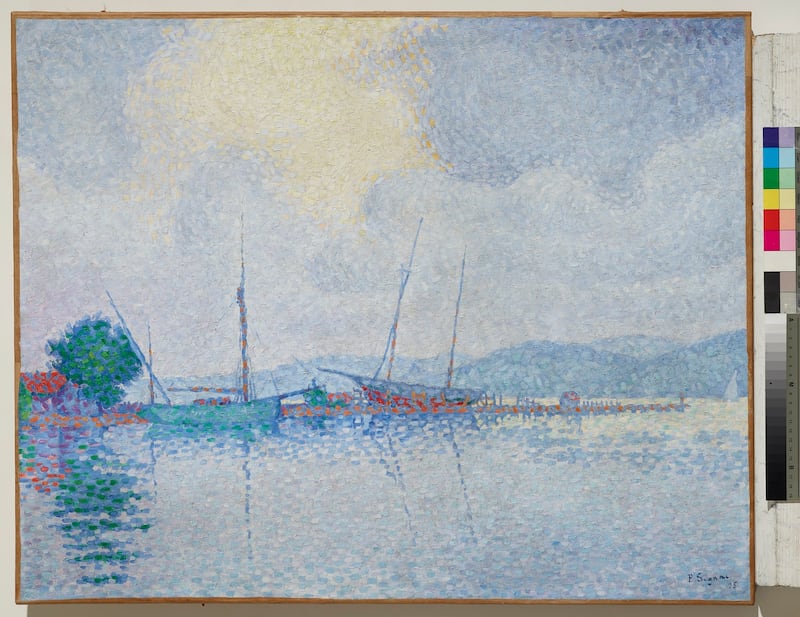
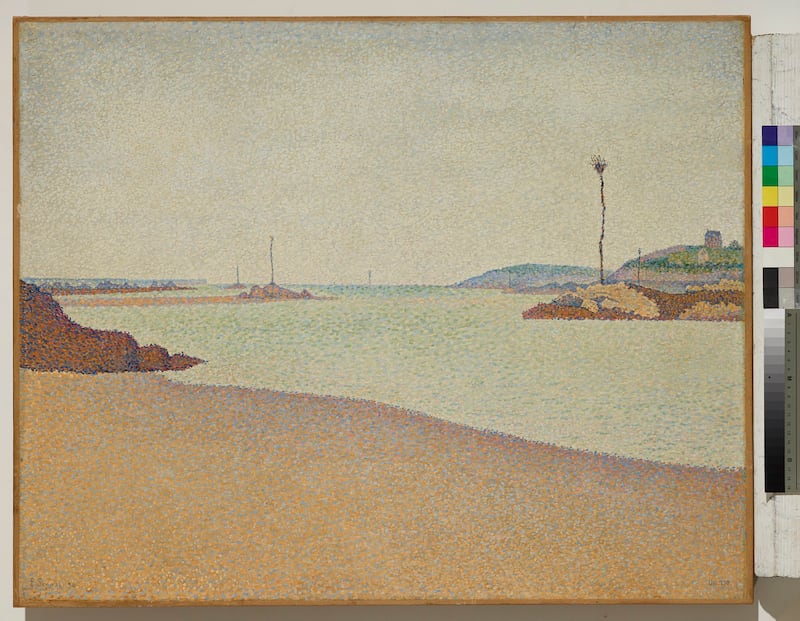
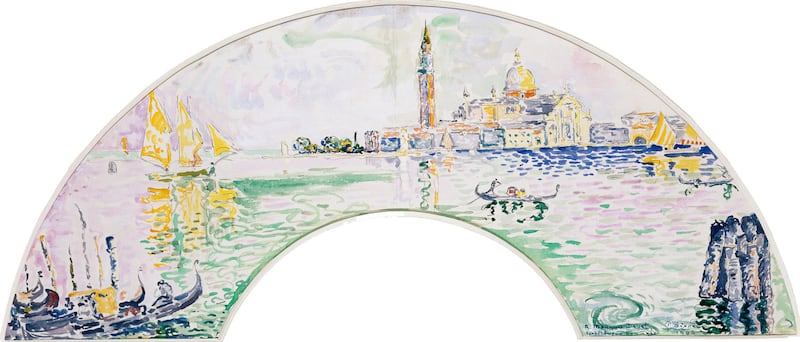
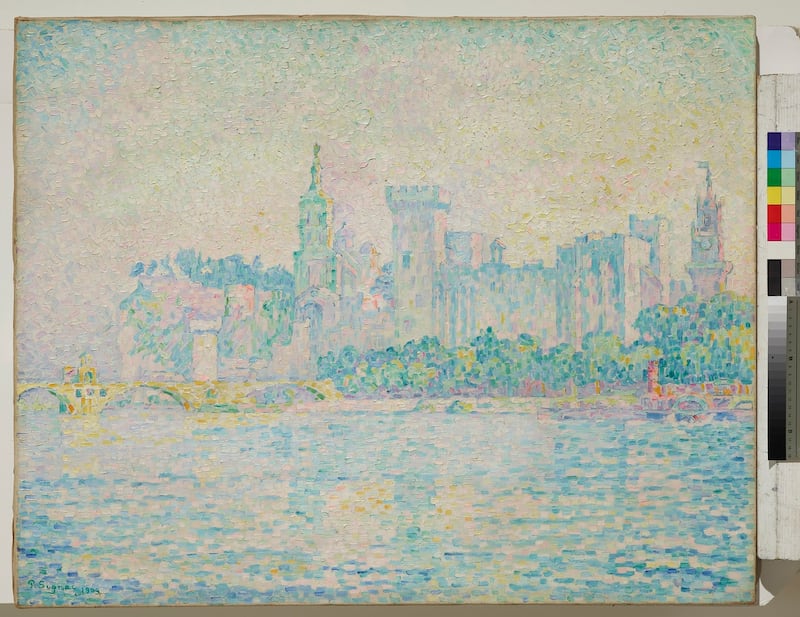
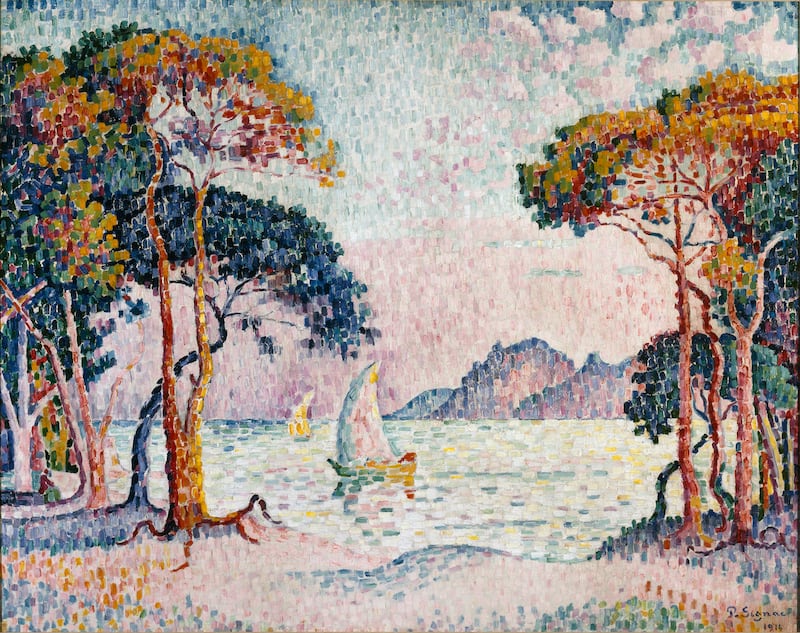
"I am trying to show that Signac was more than just a painter," Hellman says of her book. Her great-grandfather was one of the first intellectuals to rally to Émile Zola's denunciation of the framing of the Jewish army captain Alfred Dreyfus. A radical pacifist, Signac was so devastated by the first World War that he stopped painting for its duration.
An 1880 exhibition by Claude Monet inspired Signac to become a painter. The two men remained friends until Monet's death in 1926, and some of Signac's paintings closely resemble Monet's work.
Signac painted with Vincent Van Gogh, who told his brother Theo that Signac's visit to him at the asylum in Arles raised his spirits.
Parallel families
Marthe Bonnard comforted Roblès when Signac left her for Desgrange. Later, when Pierre Bonnard briefly left Marthe for a mistress, it was Roblès who consoled Marthe.
Men have parallel families all over the world, but it seems to happen more often in France. Seurat sent Signac to inform his mistress and child when he was dying. The descendants of the mistresses of Zola and Bonnard have also published their stories.
Roblès and Desgrange did not see one another for 25 years, but when Signac died in 1935, they walked together in the funeral procession, like Danielle Mitterrand and Anne Pingeot at François Mitterrand's burial in 1996.
Hellman’s book makes clear that there was a great deal of drama and pain behind the pretty pictures. “No passion is worth what I did. It lasts three years; it is madness. We all suffered too much,” Desgrange would later tell her granddaughter, Charlotte’s mother, the late art historian and museum director Françoise Cachin.
Roblès and Desgrange resumed their friendship, cemented by the birth of their shared granddaughter, Françoise, after Signac’s death.
“No one comes badly out of this story,” says Hellman. “Berthe and Jeanne both made enormous sacrifices. Each gave the best of herself. They reached an understanding, with dignity and honour.”










